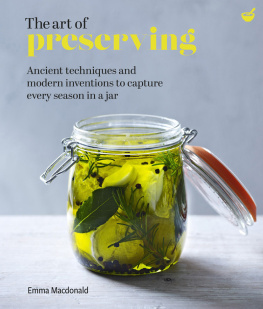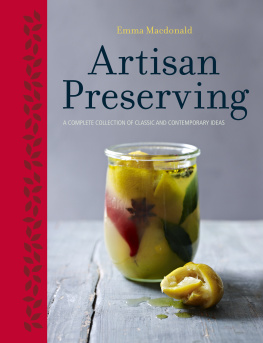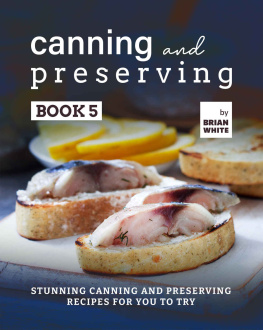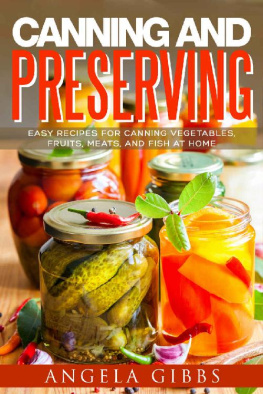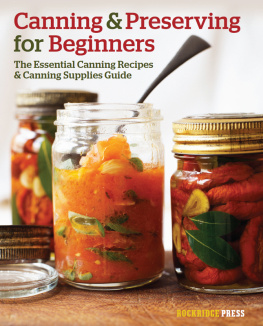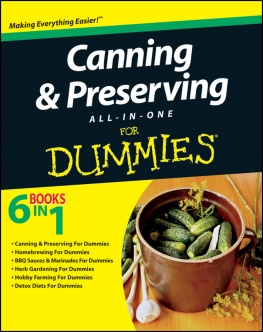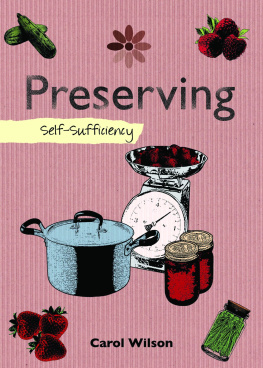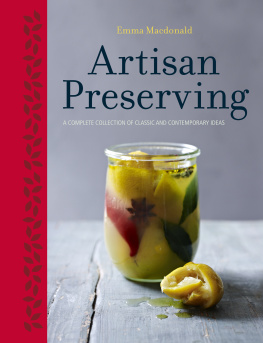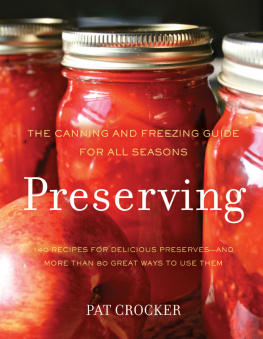
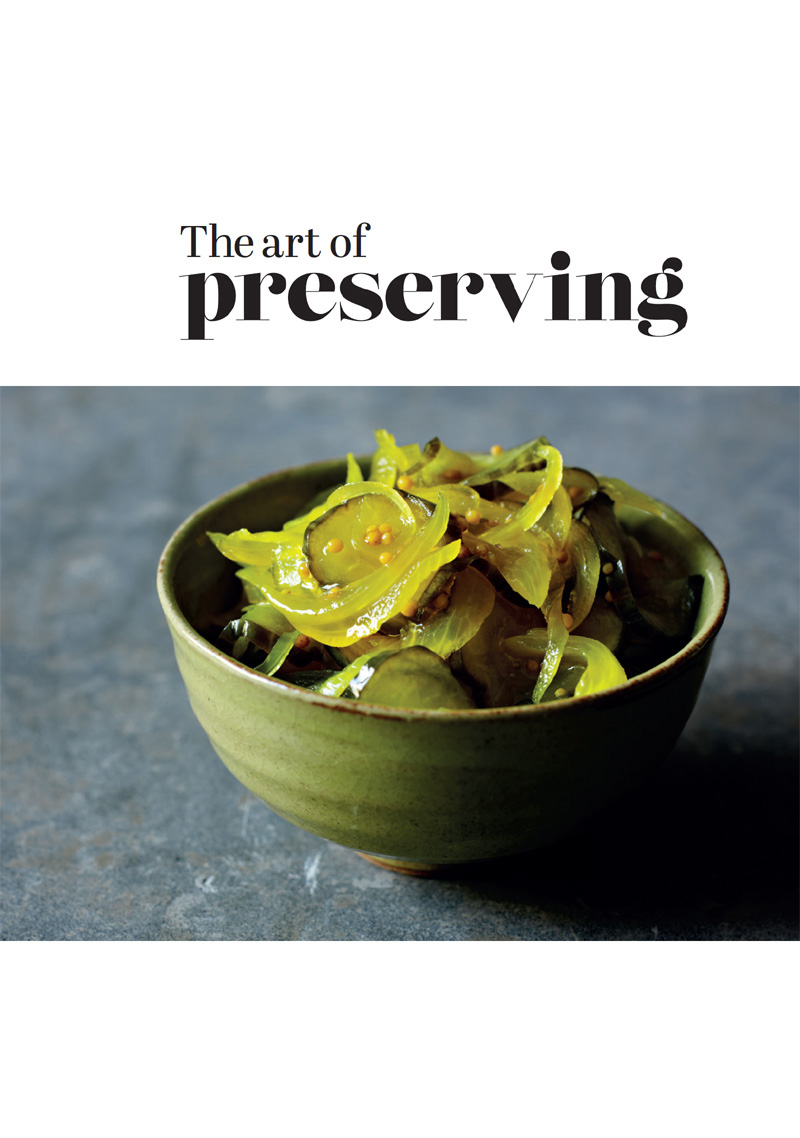

To all those out there who love to make a good pickle.
The Art of Preserving
Emma Macdonald
First published in the UK as Bay Tree Preserving and in the USA as Artisan Preserving in 2014 by Nourish, an imprint of Watkins Media Limited Unit 11, Shepperton House, 8393 Shepperton Road, London N1 3DF
This edition published in 2021 by Nourish
Copyright Watkins Media Limited 2014, 2021
Text copyright Emma Macdonald 2014, 2021
Photography copyright Watkins Media Limited 2014, 2021
The right of Emma Macdonald to be identified as the Author of this text has been asserted in accordance with the Copyright, Designs and Patents Act of 1988.
All rights reserved. No part of this book may be reproduced in any form or by any electronic or mechanical means, including information storage and retrieval systems, without permission in writing from the publisher, except by a reviewer who may quote brief passages in a review.
PUBLISHER : Grace Cheetham
PROJECT EDITORS : Rebecca Woods and Ella Chappell
EDITORS : Becky Alexander and Sarah Epton
HEAD OF DESIGN : Glen Wilkins
PHOTOGRAPHIC ART DIRECTION : Gail Jones
COMMISSIONED PHOTOGRAPHY : Toby Scott
FOOD STYLIST : Susanna Tee
PROP STYLIST : Lucy Harvey
PRODUCTION : Uzma Taj
A CIP record for this book is available from the British Library
ISBN: 978-1-84899-398-3 (Hardback)
ISBN: 978-1-84899-399-0 (eBook)
10 9 8 7 6 5 4 3 2 1
Typeset in Freight Sans and Lust Display
Printed in China

Publishers note
While every care has been taken in compiling the recipes for this book, Watkins Media Limited, or any other persons who have been involved in working on this publication, cannot accept responsibility for any errors or omissions, inadvertent or not, that may be found in the recipes or text, nor for any problems that may arise as a result of preparing one of these recipes. If you are pregnant or breastfeeding or have any special dietary requirements or medical conditions, it is advisable to consult a medical professional before following any of the recipes contained in this book. Ill or elderly people, babies, young children, and women who are pregnant or breastfeeding should avoid recipes containing raw meat or fish or uncooked eggs.
NOTES ON THE RECIPES
Unless otherwise stated:
Use medium fruit and vegetables
Use medium (US large) organic or free-range eggs
Use fresh herbs, spices and chillies
Use graulated sugar (Americans can use ordinary granulated sugar when caster sugar is specified)
Do not mix metric, imperial and US cup measurements: 1 tsp = 5ml 1 tbsp = 15ml 1 cup = 250ml
nourishbooks.com
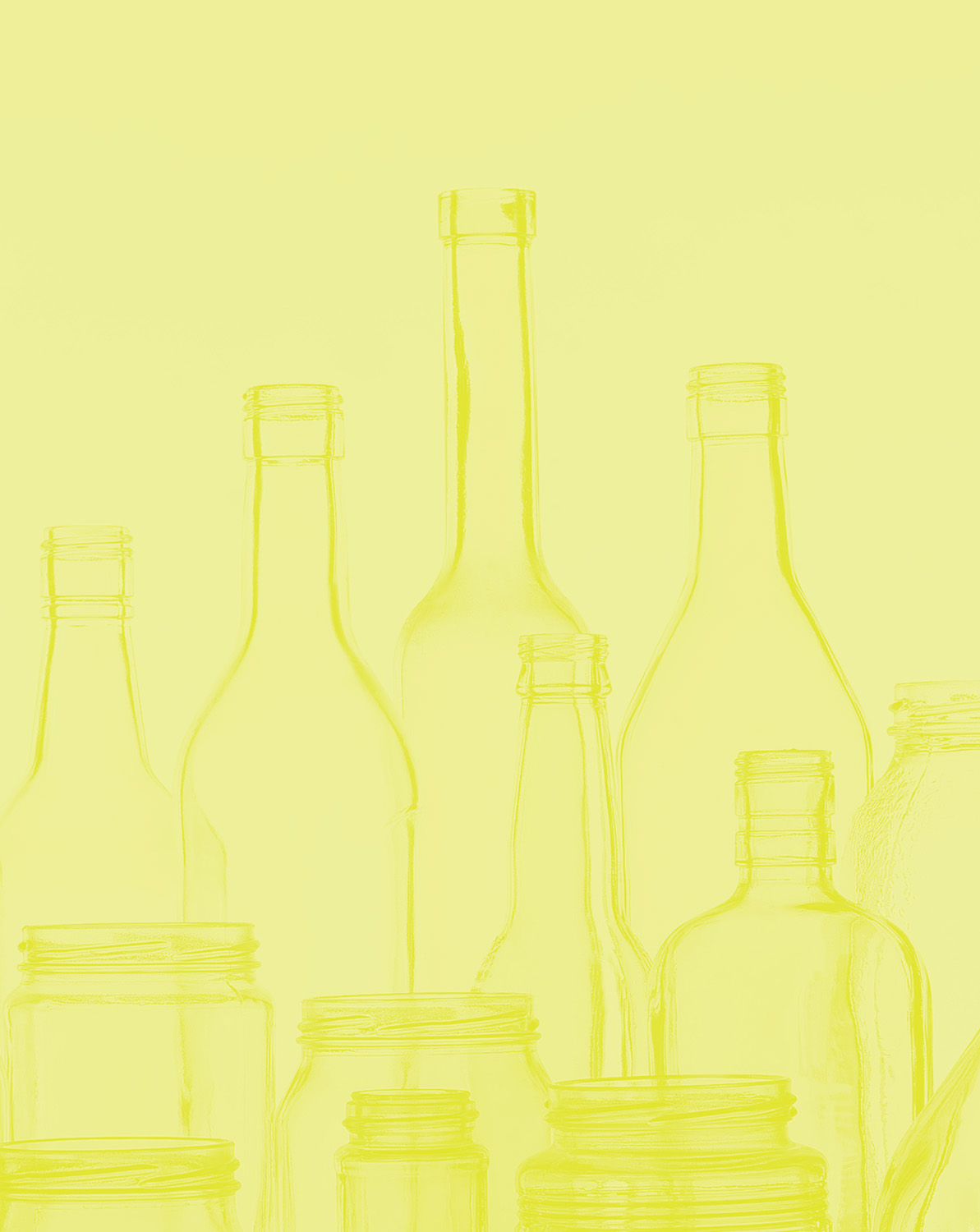
Contents
Introduction
Preserving is a way of making sure that fresh foods can be kept for longer, making sure they do not go to waste. This was very important in years past, when the vegetable plot outside the back door provided the food that you ate each day. Preserving was a way to keep food on the table in the winter months. Today, when food is grown in huge quantities and imported year-round, and commercial preserves are easy to buy, there is less reason to make preserves, yet many of us still love to do it. There is something very special about cooking a batch of raspberry jam from fruit picked from the garden, or making something delicious from foraged blackberries and apples.
I was brought up in a family where we used to come home to pots of green tomato chutney gracing the table, and it was very comforting to see a larder full of homemade marmalades and other delicacies. Today, knowing where all your food has come from is a rarity. It has made me appreciate simply cooked vegetables and how to make the most of what you have. The freshness and flavour that goes with homemade is not something you can buy.
I have always found it therapeutic and enjoyable to find ways to use up fruit or vegetables through pickling and preserving. I now have my own children and they are always keen to get involved in chopping onions and making jams it is quite a family affair when we are all in the kitchen! Chutney has not quite got the thumbs up yet, but they love homemade raspberry jam, particularly in a jam tart.
If you tend an allotment or have a vegetable patch, it does focus your mind on making an effort to use up your precious produce; a glut of tomatoes or courgettes can very quickly go to waste. We are fairly obsessed in my family with waste, so we preserve, where we can, any food that we grow and we have chickens who eat our leftovers. I do confess to having no tasty answers to using a huge cabbage glut though, which I think many of us picklers find challenging!
There are so many fruits and berries you can eat for free if you know where to look. Foraging from the trees and hedgerows during the summer and autumn can be a great way to get out and be active. Children can learn about the seasons and what grows when, and its a great way to spend time together as a family. Start with fruits that grow abundantly near you, as it will be inexpensive to experiment. Sloes in the autumn steeped in a bottle of gin makes the most delicious sloe gin to be drunk on a winters day. For bought produce your local market or pick-your-own is the most affordable way to get a good deal on a large quantity of fruit, and you can pick the best of the bunch.

Whatever you decide to make, give yourself plenty of time. Get your jars prepared before you start to cook, as jellies and jams can set quite quickly and you want your jars ready to fill. Once you have tried a few recipes, you will get to understand what sets well and what doesnt. You can start to be inventive with your ingredients and work with what you have to hand. The pot is your oyster and anything goes.

What is Preserving?
Storing food for a long time needs a little bit of science. There are lots of methods you can use, such as curing, salting, drying and covering with a layer of fat, as well as cooking using sugar, vinegar and alcohol. All these methods help to prevent your preserves from spoiling and to last as long as you want them to.
All raw foods contain enzymes that help to sustain life as well as breaking them down, causing food to discolour and rot over time. Preserving halts the enzymes developing any further, keeping the food at its best. Preserving also works by drying up or killing off micro-organisms (for example, moulds, yeasts and bacteria) that might enter your preserves and spoil your hard work. A high concentration of sugar, vinegar or alcohol along with cooking at a high temperature will prevent the growth of micro-organisms.
Mould is not actually harmful to eat but it tastes and looks unpleasant and can indicate that bacteria are present, which can cause food poisoning. Yeasts cause foods to ferment, which is not wanted in your jam but can be a good thing in cider and breadmaking. In jam or other preserves, fermenting could mean that unwanted bacteria are present. Hygiene plays an important part in keeping your preserves bacteria free, which is why sterilizing your jars and lids is so important (see ). There are many ways to preserve fruit and vegetables as well as meat and fish:
Next page
